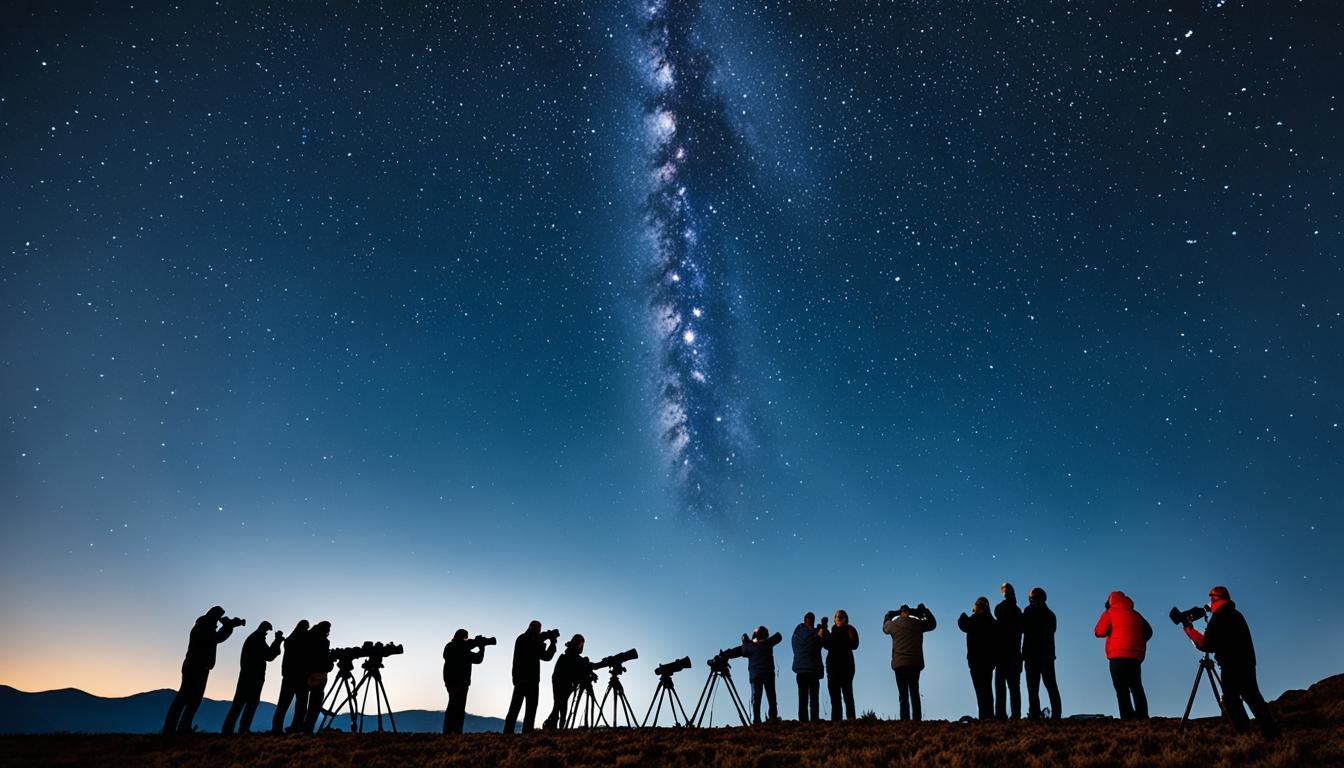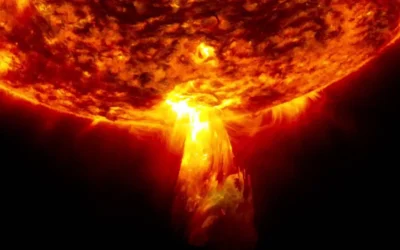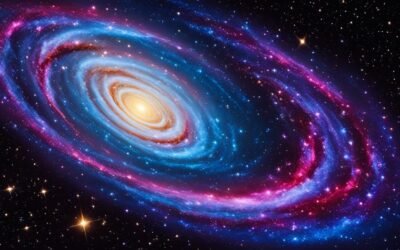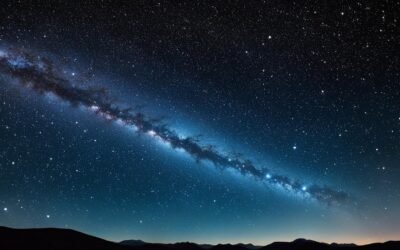The Messier Marathon is a thrilling event that challenges amateur astronomers to observe as many of the 110 Messier objects in a single night. Compiled by Charles Messier in the 18th century, the Messier catalog consists of bright deep-sky objects including galaxies, nebulae, star clusters, and supernova remnants. This guide will provide you with essential tips, locations, and insights to plan a successful Messier Marathon experience.
Key Takeaways:
- Participating in a Messier Marathon offers the opportunity to observe a wide range of celestial objects in one night.
- The best time to attempt a marathon is during a few weeks in mid-March to early April, when dark nights coincide with a favorable lunar phase.
- Scouting the location, dressing appropriately for weather conditions, and using a checklist are essential preparations for a successful marathon.
- Marathon events are often organized by local astronomy organizations, providing certificates or awards for participants.
- The Messier Marathon encourages the development of observing skills and offers a unique challenge for astronomy enthusiasts.
When and Where a Marathon is Possible
The number of Messier objects visible during a marathon varies depending on several factors. The observer’s location, the duration of daylight and nighttime, and the season all play a role. Not all Messier objects are visible from the southern hemisphere, with some objects located at higher declinations making southern-hemisphere marathons challenging. Low northern latitudes, around 25 degrees north, provide the best possibility for completing a Messier marathon at the right time of year. The most ideal time to attempt a marathon is during a few weeks in mid-March to early April, when dark nights coincide with a favorable lunar phase.
To increase your chances of successfully observing the most Messier objects during a marathon, it is essential to choose a location with optimal viewing conditions. Here are some notable Messier marathon locations:
| Location | Latitude | Notes |
|---|---|---|
| Cherry Springs State Park, Pennsylvania, USA | 41.6626° N | Designated as a Dark Sky Park, offering excellent stargazing conditions |
| Calhoun County, Texas, USA | 28.7369° N | Good location for southern-hemisphere observers and Texas residents |
| Atacama Desert, Chile | 23.8619° S | Offers exceptionally dark skies and limited light pollution |
| Canary Islands, Spain | 28.2916° N | Known for its high altitude and clear atmospheric conditions |
| Mauna Kea, Hawaii, USA | 19.8204° N | Home to world-class observatories and ideal for astronomical observations |
These locations provide optimal conditions for Messier marathons due to their dark skies, lower light pollution, and suitable latitude. Choosing a location that aligns with the best timeframes for observing the Messier objects can greatly enhance your marathon experience and increase the number of objects you can successfully observe.
The Marathon
The Messier Marathon is an exhilarating and challenging astronomical event that takes place from sundown to sunrise. During this endurance test, observers aim to spot as many Messier objects as possible, starting with those low in the western sky and gradually progressing eastward. With stamina and determination, participants navigate through crowded regions of the sky, such as the Virgo Cluster and the Galactic Center of the Milky Way. It’s a physically demanding task that requires dedication and focus.
Many local astronomy organizations organize special star party events for the Messier Marathon, providing a supportive and enthusiastic environment for participants. These events often include certificates or awards for those who accomplish specific milestones or complete the full marathon. It’s a fantastic opportunity to connect with fellow astronomy enthusiasts and celebrate the achievements of the night.
To succeed in the Messier Marathon, preparation is crucial. Familiarize yourself with the Messier objects and their locations in the sky before the event. Plan your observation strategy, taking into account the objects’ positions and the optimum time to observe them.
Here are some tips for a successful Messier Marathon:
- Know your equipment: Make sure you are comfortable using your telescope or binoculars and have practiced locating objects. Familiarize yourself with any computerized or app-enabled systems that can assist you in navigating the night sky.
- Check the weather: Monitor weather conditions to ensure clear skies on the night of the marathon. Cloud cover or poor visibility can greatly affect your ability to observe the objects.
- Stay energized: Bring snacks, water, and caffeine if necessary. The marathon can be physically demanding, so it’s essential to stay hydrated and maintain your energy levels throughout the night.
- Use a star chart or app: Have a star chart or a mobile application that can assist you in identifying and locating the Messier objects. This will help you navigate the night sky more efficiently.
- Keep track of your progress: Use a checklist or a notebook to mark off the objects you have observed. This will help you stay organized and ensure you don’t miss any objects during the marathon.
Remember, the Messier Marathon is not just about ticking off objects from a list; it’s an opportunity to immerse yourself in the wonders of the universe and challenge your skills as an observer. Enjoy the experience and embrace the sense of accomplishment that comes with completing this astronomical feat.
Stay focused, be prepared, and embark on a memorable Messier Marathon adventure!
Best Practices for a Successful Marathon
Preparation is key to a successful Messier Marathon. Follow these tips for a smooth and rewarding experience:
- Scout the location beforehand: Ensure an unobstructed view of the horizon, away from light pollution.
- Get enough sleep: Rest well before the marathon to maintain focus and stamina throughout the night.
- Dress appropriately: Check the weather forecast and wear layers to stay comfortable during the long hours of observation.
- Moderate your eating: Avoid consuming a heavy meal that can induce drowsiness, opt for light snacks instead.
- Observe with a partner: Having a companion can help with object confirmation and make the experience more enjoyable.
- Use a computerized telescope: Simplify navigation by utilizing a telescope equipped with tracking capabilities or an app.
- Conduct a dry run: Practice spotting Messier objects before the main event to familiarize yourself with their locations.
- Ensure charged batteries: Double-check that your equipment’s batteries are fully charged to avoid interruptions.
- Have a target checklist: Keep a checklist of Messier objects handy to track your observations throughout the night.
- Be aware of sunset and sunrise times: Plan your observing time considering the specific location’s daylight hours.
Following these best practices will help you maximize your chances of completing the Messier Marathon successfully and with ease.
Messier Marathon Checklist
| Preparation | Observation | Equipment |
|---|---|---|
| Scout the location | Start at sundown | Computerized telescope |
| Get enough sleep | Work west to east | Charged batteries |
| Dress appropriately | Observe with a partner | |
| Moderate your eating | Use a target checklist | |
| Conduct a dry run | ||
| Be aware of sunrise and sunset times |
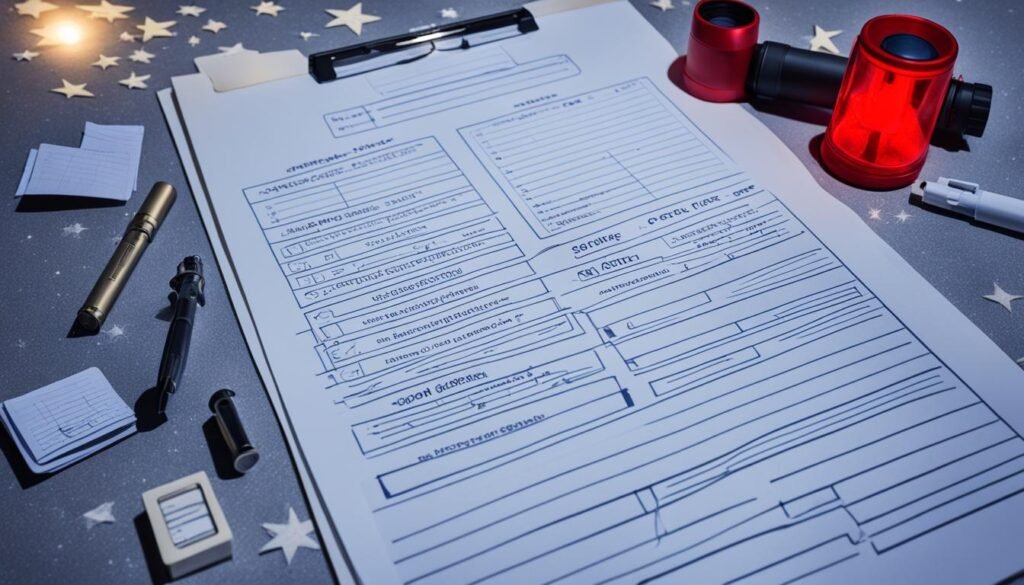
A comprehensive checklist and thorough preparation will contribute to your smooth and successful Messier Marathon experience. Implementing the tips and using the checklist above will help you stay organized and focused throughout the night, allowing you to observe as many Messier objects as possible.
The Messier Catalog
The Messier catalog, created by Charles Messier, consists of 110 designated celestial objects, known as Messier objects. These objects include a variety of astronomical targets such as asterisms, galaxies, nebulae, star clusters, and supernova remnants.
Some of the most well-known objects in the catalog include:
- The Orion Nebula (M42): A vibrant emission nebula located in the constellation Orion.
- The Andromeda Galaxy (M31): Our nearest neighboring spiral galaxy, visible to the naked eye in dark skies.
- The Pleiades star cluster (M45): A cluster of young, hot stars also known as the Seven Sisters.
- The Ring Nebula (M57): A small planetary nebula in the constellation Lyra, resembling a colorful ring-shaped structure.
The Messier catalog serves as a valuable reference for amateur and professional astronomers alike. Its objects are visible from the northern hemisphere, making them accessible to a wide range of observers.
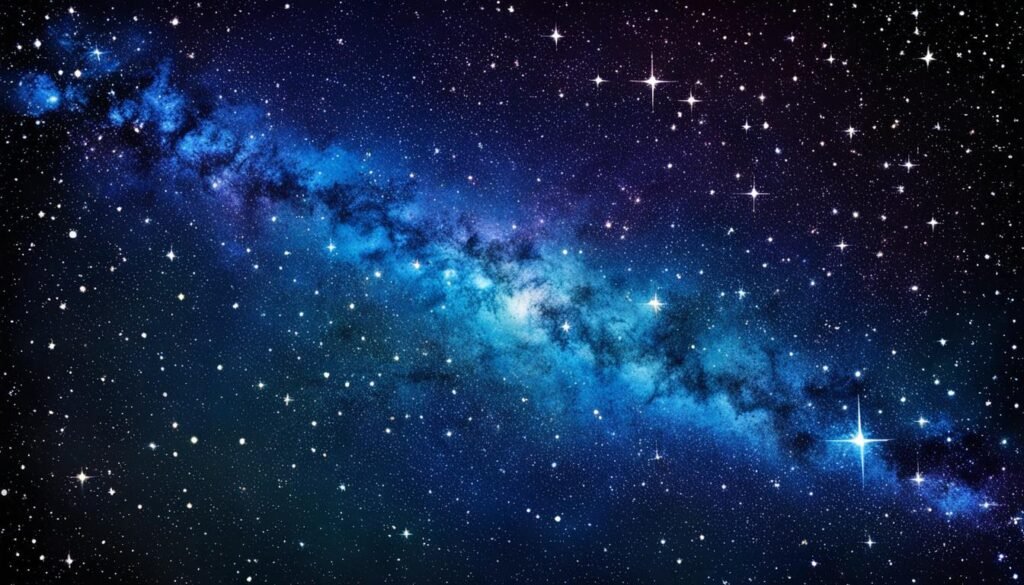
| Type of Object | Number of Objects |
|---|---|
| Asterisms | 4 |
| Galaxies | 39 |
| Nebulae | 7 |
| Star Clusters | 33 |
| Supernova Remnants | 27 |
History of the Messier Marathon
The Messier Marathon, a beloved event for astronomy enthusiasts, has a fascinating history that dates back to the 1970s. The marathon was independently invented by several American astronomers, including Tom Holfelder, Donald Machholz, and Tom Reiland. These passionate stargazers devised a challenge that would test their observing skills and push the boundaries of what could be achieved in a single night.
The first successful completion of observing all 110 Messier objects in one night occurred in 1985, thanks to the efforts of Gerry Rattley and Rick Hull. This milestone achievement sparked a renewed interest in the marathon and inspired other astronomers to attempt the same feat.
Since then, the Messier Marathon has gained widespread popularity and has become an annual event organized by numerous astronomy clubs and organizations. These events provide an opportunity for like-minded individuals to come together, share their passion for the night sky, and challenge themselves to observe as many Messier objects as possible.
To celebrate the achievements of participants, some marathons have instituted certificates or awards for those who complete the marathon or achieve a certain number of objects. These acknowledgments of success serve as a testament to the dedication and perseverance required to conquer the Messier Marathon.
Inventors of the Messier Marathon:
- Tom Holfelder
- Donald Machholz
- Tom Reiland
Benefits and Challenges of the Messier Marathon
The Messier Marathon offers several benefits for participants. It provides an opportunity to observe a wide range of celestial objects in one night, including galaxies, nebulae, and star clusters. The marathon encourages participants to develop and improve their observing skills, especially in navigating crowded regions of the sky. Completing a Messier Marathon can be a rewarding achievement, as many amateur astronomers may never see all 110 Messier objects in their lifetime. However, the marathon also presents challenges, such as the physical endurance required to observe throughout the night, the need for favorable weather conditions, and the difficulty of spotting fainter objects in light-polluted or less ideal observing locations.
| Benefits of the Messier Marathon | Challenges of the Messier Marathon |
|---|---|
| Opportunity to observe a wide range of celestial objects in one night Chance to observe galaxies, nebulae, and star clusters Improvement and development of observing skills Satisfaction of achieving a challenging goal Experiencing the beauty and wonder of the night sky | Physical endurance required to observe throughout the night Weather conditions impacting visibility Difficulty of spotting fainter objects in light-polluted areas Challenging to locate objects in crowded regions of the sky Availability of favorable observing locations |
The Messier Marathon offers a unique opportunity for amateur astronomers to challenge themselves and explore the wonders of the universe. While it demands physical endurance and favorable conditions, the rewards and sense of accomplishment make the marathon a truly enriching experience. So gear up, take on the challenges, and embark on a memorable astronomical journey in the pursuit of Messier objects.
Alternatives and Extensions to the Messier Marathon
While the Messier Marathon focuses on observing the 110 objects in the Messier catalog, there are alternative marathons and extensions that enthusiasts can undertake. These options provide additional challenges and opportunities to explore the night sky beyond the standard Messier objects.
Messier Plus Marathon
The Messier Plus Marathon, compiled by Wally Brown and Bob Buckner, offers an additional 110 deep-sky objects to observe during the same time frame as the Messier Marathon. This extension provides a more immersive astronomical experience, allowing participants to go beyond the familiar Messier catalog and discover new objects in the night sky.
Messier-Caldwell Marathon
Some observers combine the Messier Marathon with the Caldwell Object list, created by Sir Patrick Moore, for a Messier-Caldwell Marathon. The Caldwell list contains 109 additional deep-sky objects that can be observed throughout the year. This combination marathon adds a new level of complexity and variety to the observing challenge, expanding the range of objects to discover.
Extended Marathons
Experienced observers have compiled larger lists of over 500 objects for more extensive marathoning. These extended marathons offer a comprehensive survey of deep-sky objects, including galaxies, nebulae, star clusters, and more. Undertaking an extended marathon requires advanced planning, dedication, and perseverance, as it involves observing a significantly larger number of objects within a limited time frame.
Whether enthusiasts choose the Messier Plus Marathon, the Messier-Caldwell Marathon, or an extended marathon, these alternatives and extensions provide a rich and rewarding observing experience. They offer a chance to delve deeper into the cosmos, discover lesser-known objects, and push the limits of astronomical observation.
| Marathon | Number of Objects | Description |
|---|---|---|
| Messier Marathon | 110 | The classic marathon focusing on the Messier catalog of 110 objects. |
| Messier Plus Marathon | 220 | An extension to the Messier Marathon, providing an additional 110 deep-sky objects to observe. |
| Messier-Caldwell Marathon | 219 | A combination of the Messier and Caldwell Object lists, totaling 219 objects for observation. |
| Extended Marathon | 500+ | A comprehensive marathon with a larger list of over 500 deep-sky objects for a more extensive observing challenge. |
Conclusion
The Messier Marathon is an exhilarating event that captivates amateur astronomers with its unique blend of challenge and fascination. This observing extravaganza presents a rare opportunity to witness an extensive array of celestial objects in a single night. With careful planning, proper equipment, and a touch of good fortune, participants can embark on a memorable journey to observe all 110 Messier objects.
Engaging in the Messier Marathon is a test of astronomical skills, as it demands the ability to navigate the night sky and identify various deep-sky wonders. By honing these abilities, amateur astronomers can take their passion and expertise to new heights. Furthermore, the beauty and intricacy of the universe become ever more apparent with each successfully observed Messier object.
Whether you are a novice or an experienced observer, the Messier Marathon offers an unparalleled challenge that fuels the curiosity and wonder of amateur astronomers around the globe. The opportunity to explore the depths of the universe, to witness breathtaking nebulae, galaxies, and star clusters, is an adventure that leaves a lasting impression. So, equip yourself with knowledge, gather your astronomical tools, and embark on the grand observing challenge of the Messier Marathon.
FAQ
What is a Messier Marathon?
A Messier Marathon is an annual event where amateur astronomers attempt to observe as many Messier objects as possible in one night.
How many Messier objects can be observed during a marathon?
The number of Messier objects visible during a marathon varies depending on factors such as location, duration of darkness, and the season.
When is the best time to observe Messier objects during a marathon?
The most ideal time to attempt a Messier Marathon is during a few weeks in mid-March to early April, when dark nights coincide with a favorable lunar phase.
How does the Messier Marathon work?
The Messier Marathon begins at sundown and continues through the night until sunrise. Observers start with objects low in the western sky and work their way eastward across the sky.
What are some tips for a successful Messier Marathon?
Some tips for a successful Messier Marathon include scouting the location ahead of time, getting enough sleep before the marathon, dressing appropriately for the weather, refraining from eating too much to avoid drowsiness, observing with a partner, using a computerized telescope or app-enabled telescope for easier navigation, conducting a dry run before the main event, ensuring batteries are charged, and having a target checklist on hand.
What is the Messier catalog?
The Messier catalog, created by Charles Messier, consists of 110 designated celestial objects, known as Messier objects. These objects include a variety of astronomical targets such as asterisms, galaxies, nebulae, star clusters, and supernova remnants.
Who invented the Messier Marathon?
The Messier Marathon was independently invented by several American astronomers in the 1970s, including Tom Holfelder, Donald Machholz, and Tom Reiland. The first successful completion of observing all 110 Messier objects in one night occurred in 1985 by Gerry Rattley and Rick Hull.
What are the benefits and challenges of the Messier Marathon?
The Messier Marathon offers the opportunity to observe a wide range of celestial objects in one night and encourages the development of observing skills. However, it also presents challenges such as physical endurance, favorable weather conditions, and light pollution in certain locations.
Are there alternatives or extensions to the Messier Marathon?
Yes, there are alternatives and extensions to the Messier Marathon, such as the Messier Plus Marathon, the Messier-Caldwell Marathon, and larger lists of over 500 objects for more extensive marathoning.
What is the significance of the Messier Marathon for amateur astronomers?
The Messier Marathon is an exciting event for amateur astronomers that provides a unique and rewarding observing challenge, allowing them to explore a wide range of celestial objects and test their observing skills.



